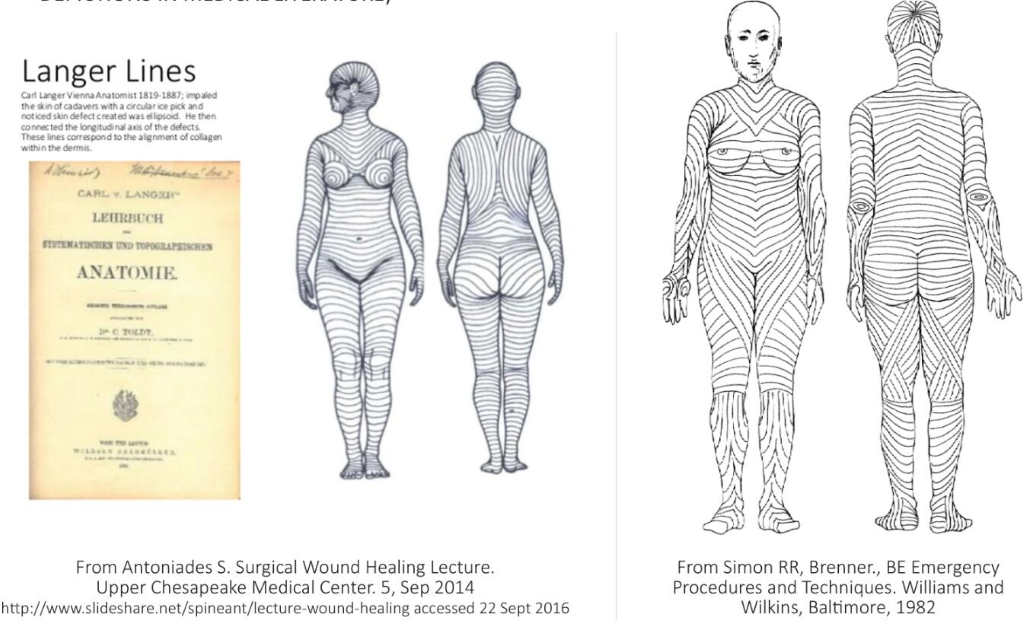
The location of the scar for hip replacement surgery is changing for the better!
The location of the scar for hip replacement surgery is changing for the better! https://hip-replacement.info/wp-content/uploads/2020/06/location-of-the-scar-for-hip-replacement-surgery-1024x683.jpg 1024 683 teamhri teamhri https://secure.gravatar.com/avatar/04fedc1c2127d93ad1bbe2fbc5f82c5ed80cfcec87e51569df20070c24bf8794?s=96&d=mm&r=gThe location of the scar for anterior hip replacement surgery is changing for the better!
These days it seems like everyone who needs hip replacement surgery wants to have an anterior approach; but we’ve never met a patient who likes the incision. No one wants their muscles cut during surgery. Muscles make you strong. By sparing your muscles anterior hip replacement surgery keeps your hip strong, has a quicker recovery, and reduces the risk of hip dislocation which can happen after hip replacement surgery. But the incision for anterior hip replacement runs right down the front of the thigh.
It’s not just that it looks bad; a scar down the front of your thigh is hard to heal. Surgeons have obsessed over scar healing for a hundred years. They found that skin incisions heal best when they are made in harmony with the natural lines of tension in the skin. The skin’s natural lines were originally described by a German doctor named Langer. Surgeons call the preferred lines of healing “Langer’s lines,” and they try to use those lines for incisions.

You can see from these pictures that there is no Langer’s line that runs vertically down the front of the thigh. The incision for anterior hip replacement surgery is hard to heal because it does not run in one of Langer’s lines.
If the front of the thigh is a bad place for an incision, why do orthopedic surgeons make it there for minimally invasive hip replacement surgery? Because they must be able to access the femur bone, ball, and socket of the hip to replace it. The hip socket is part of the pelvis. If you put your hand on your “hip” and point your finger toward your groin your index finger is over the socket of your hip joint. Surgeons have tons of experience making incisions in that area: know anyone who had a hernia repair? An incision going from high to low in the groin area is a perfect Langer’s line. So, it’s not surprising incisions in this area heal beautifully, and without complication.
The trouble with making a groin incision for hip replacement surgery is the angle of the socket. In the classic approach for anterior hip replacement surgery, the orthopedic surgeon dislocates the ball of the hip from the socket, then prepares the cup for the implant. By making an incision over the socket the surgeon is unable to get the correct angle to prepare the cup. While the groin is a great place for the skin incision, it does not give the surgeon the right access to the cup to do the job right.
Dr. Matt Seidel, MD, and his colleagues have developed a solution. He developed a variation of the technique for anterior hip replacement surgery that is done through a groin incision on a Langer’s line and provides the right angle to properly prepare the cup. He did it by making a small second incision down on the thigh. The surgeon then passes the necessary instruments to prepare the cup through that opening. The size of the second incision turns out to be very small and doesn’t bother the patient’s much as it heals.
As it turns out, there are other advantages of Dr. Seidel’s technique for anterior hip replacement. Today many hip replacement surgeons believe that it’s better to avoid dislocation of the hip during surgery. This is the basis of the PATH approach to minimally invasive hip replacement surgery. Dr. Seide’s technique combines PATH with the anterior approach. As if that were not enough, the groin incision also naturally protects the nerves that run near the hip, making it even less likely they would be injured or even stretched during the minimally invasive hip replacement surgery.
Here at HRI we’re excited. We believe that hip replacement surgery should be done by an orthopedic surgeon with extensive experience in minimally invasive approach in an ambulatory surgery center the potential complications. The groin incision not only looks better in a bikini, it is likely to reduce the risk of nerve injury and may make dislocation even more unlikely. For anyone who needs hip replacement surgery that’s just a win, win, win.
